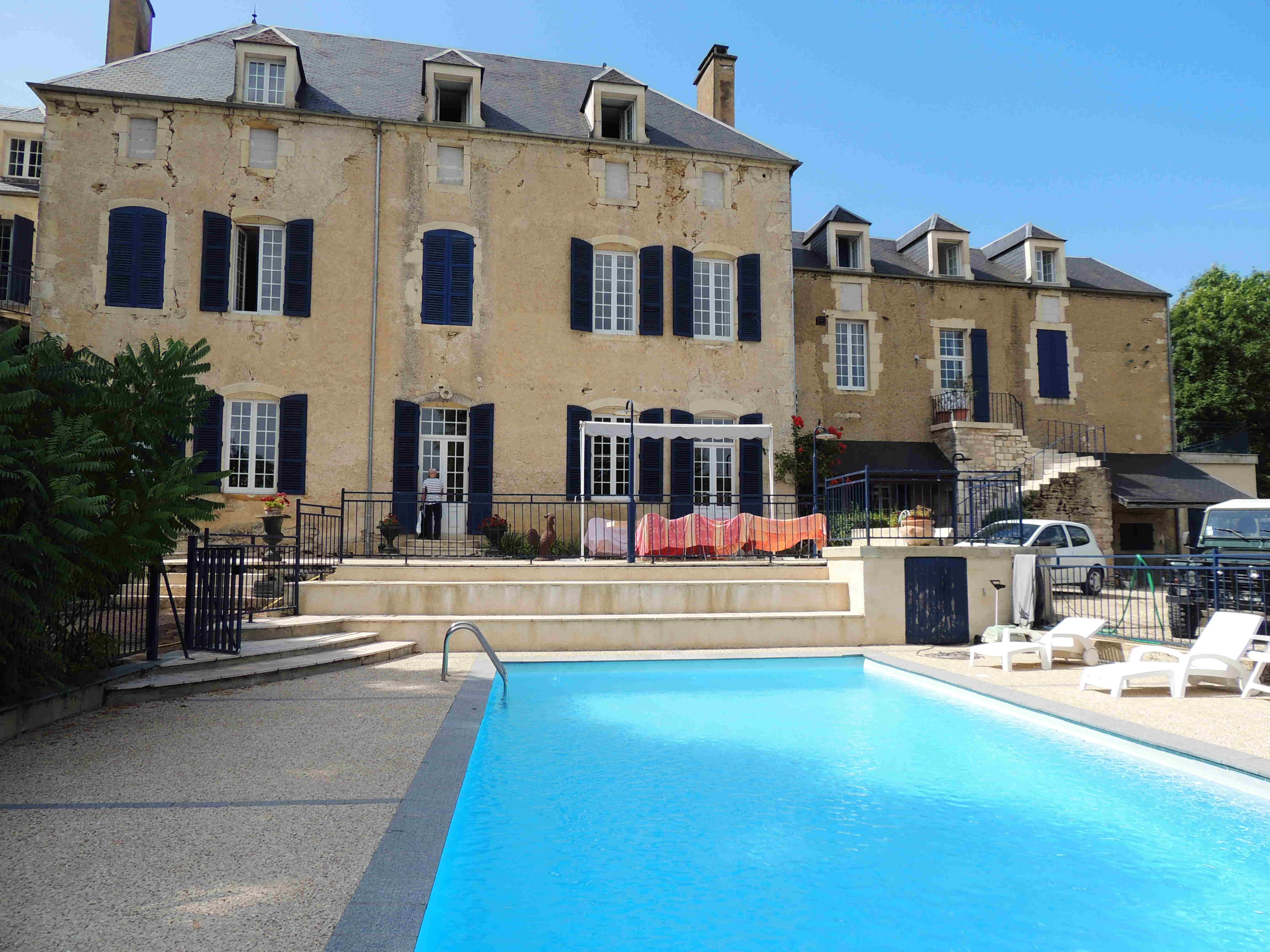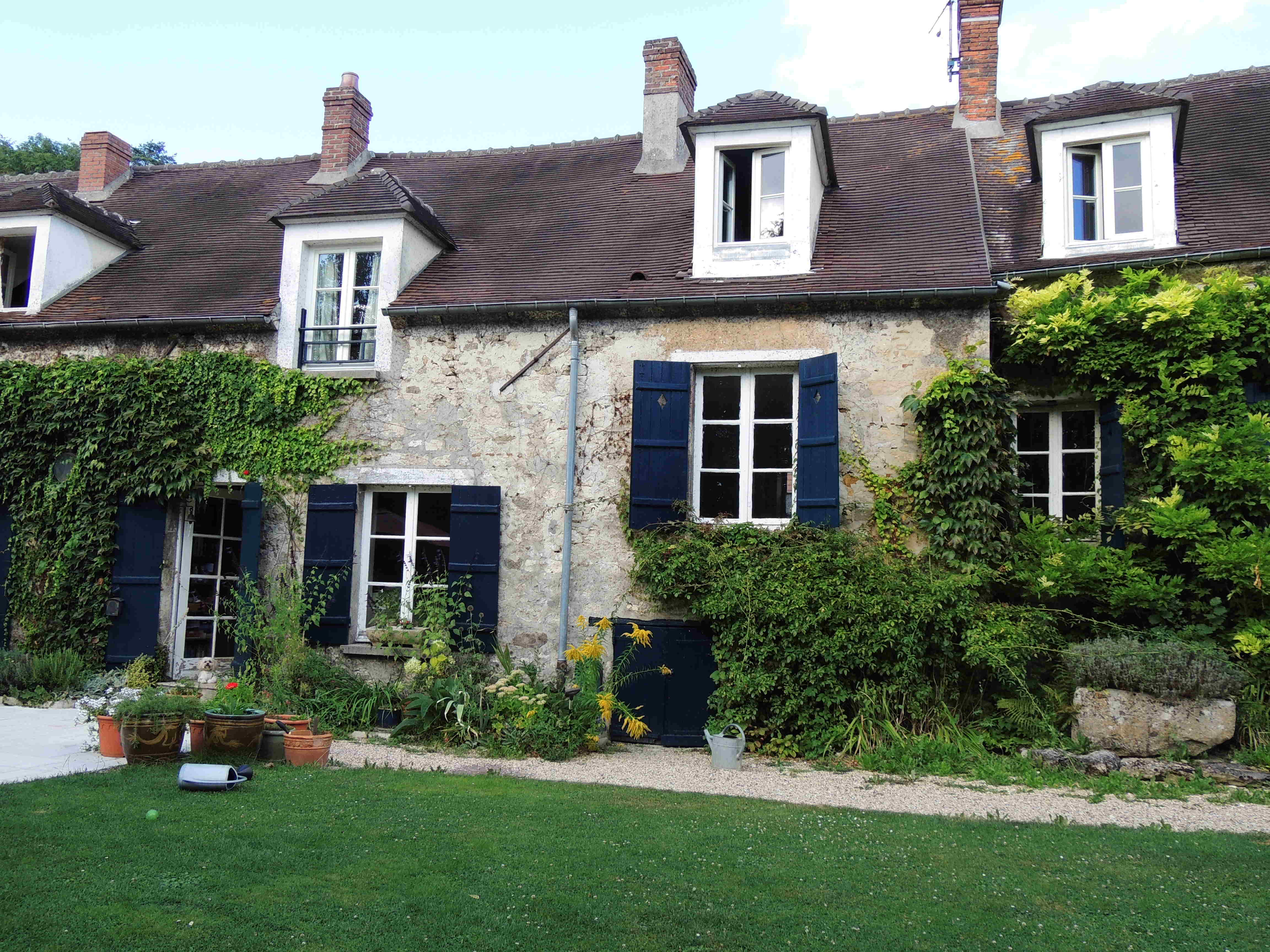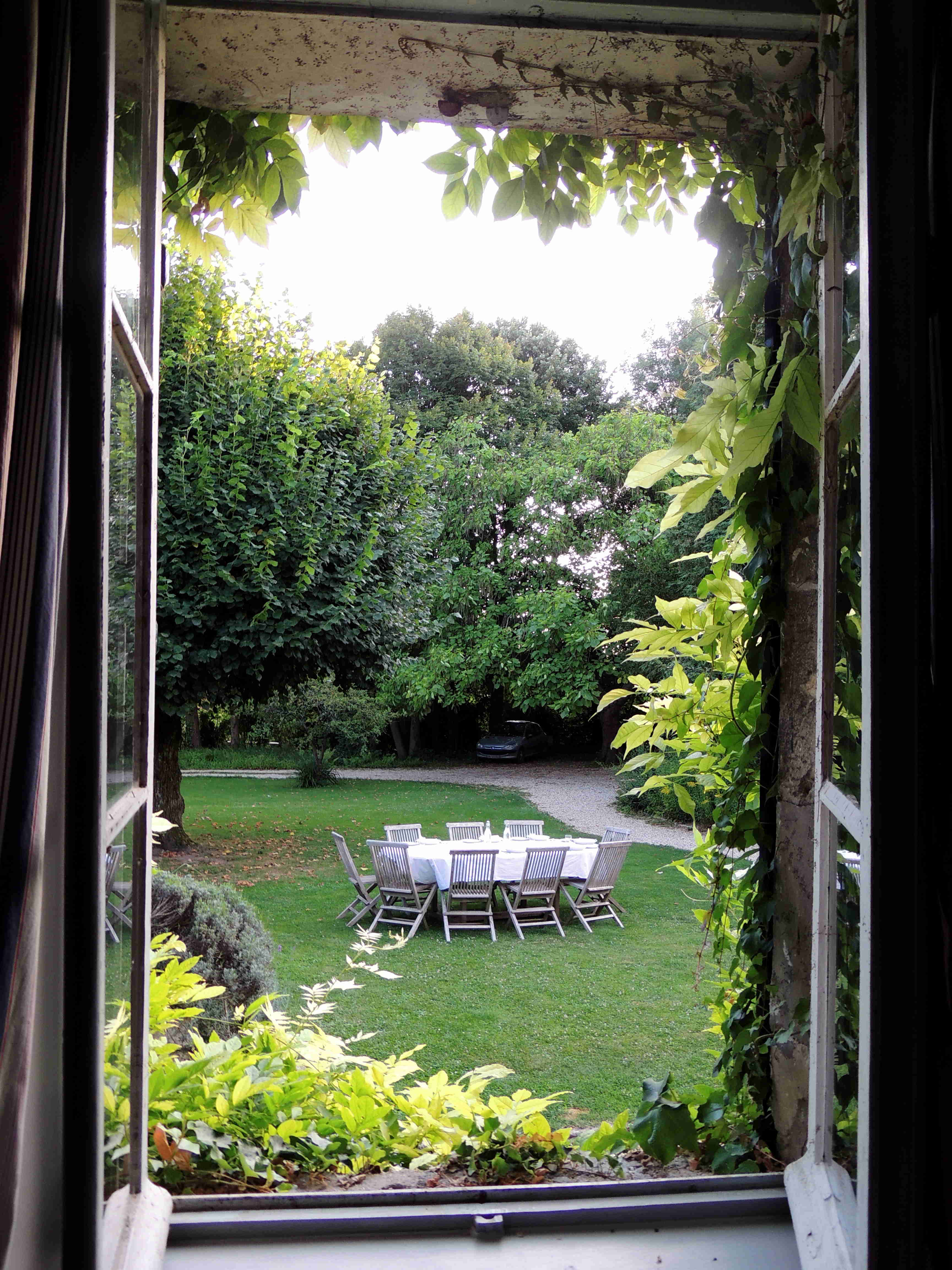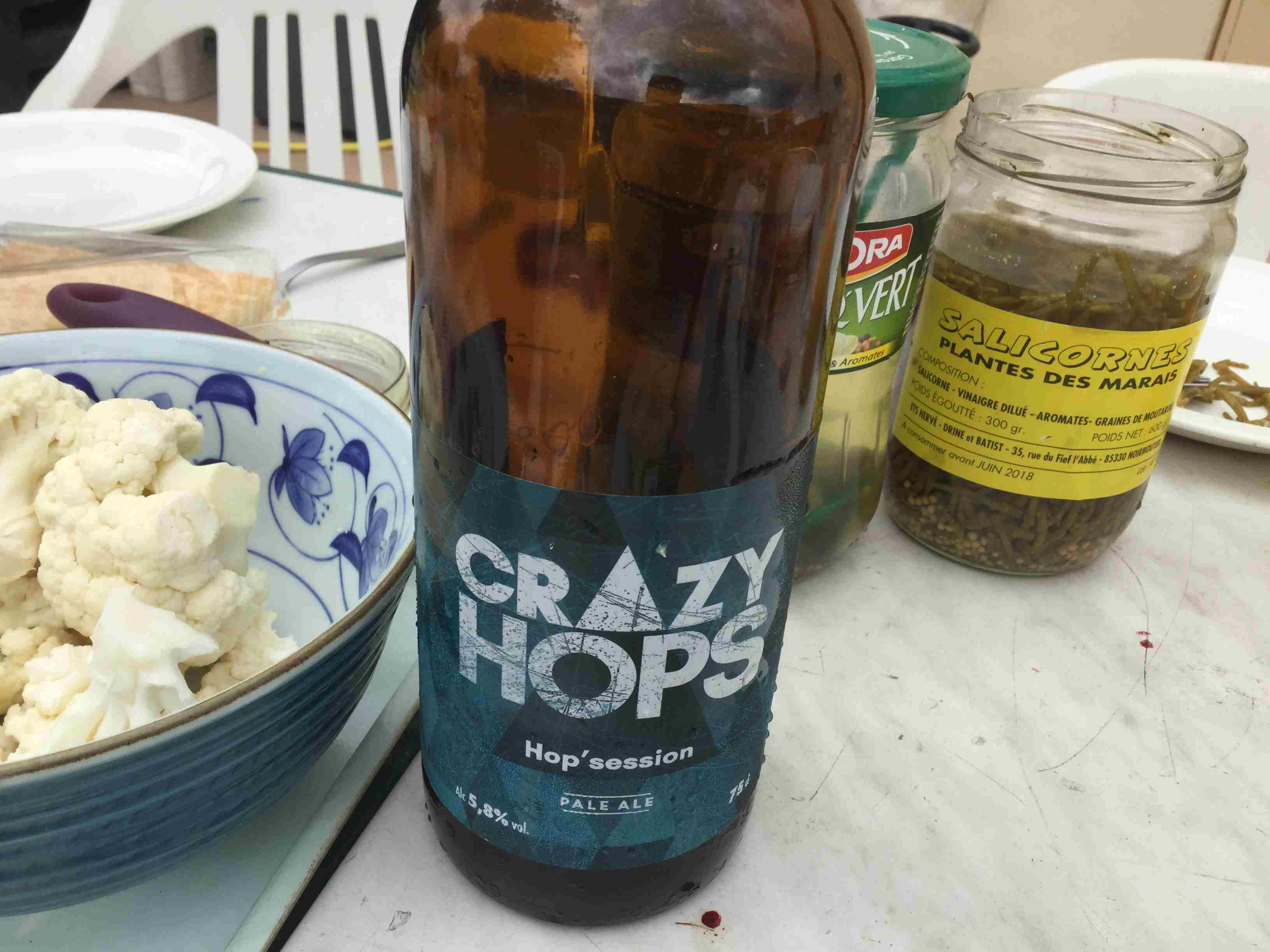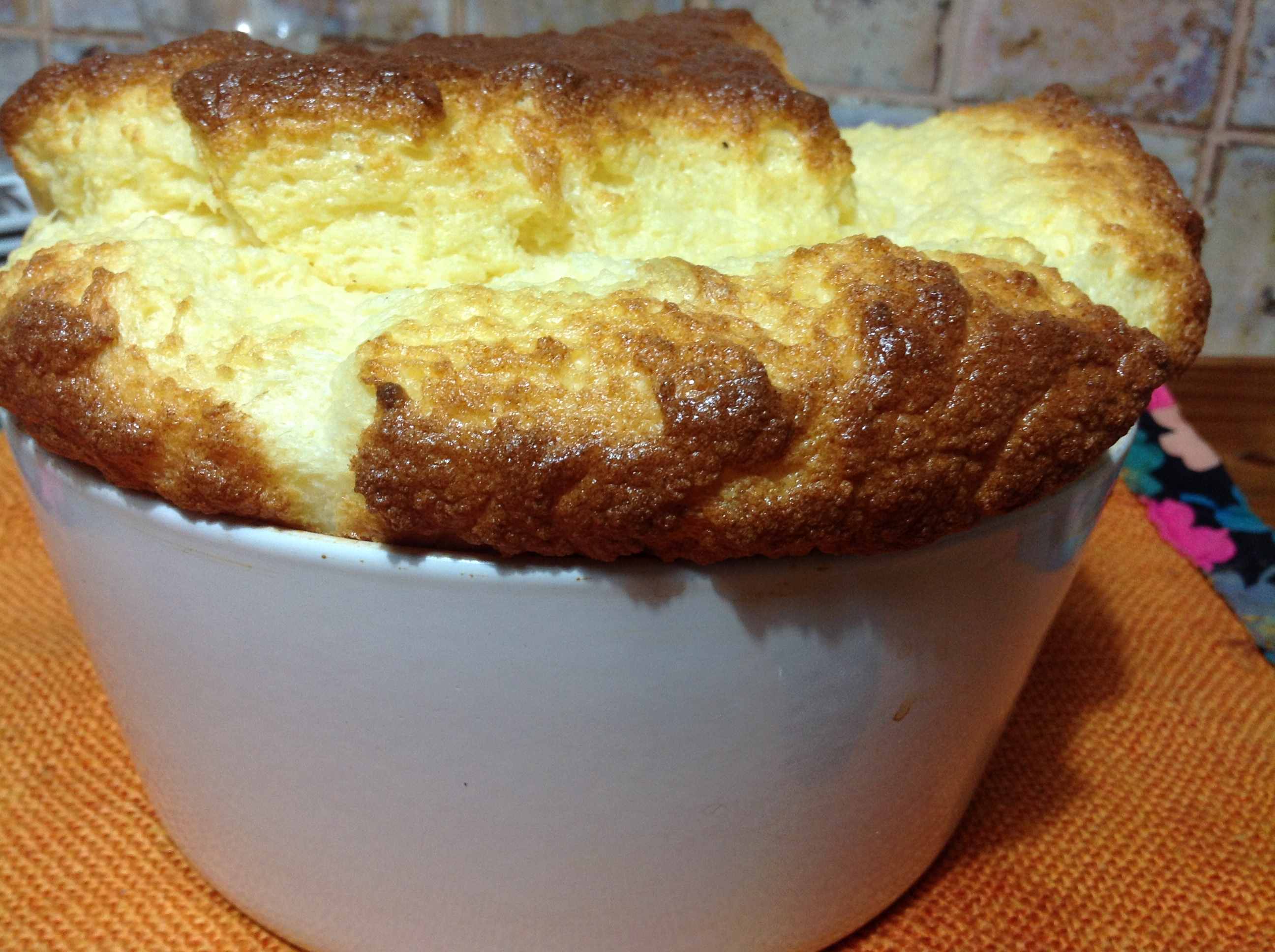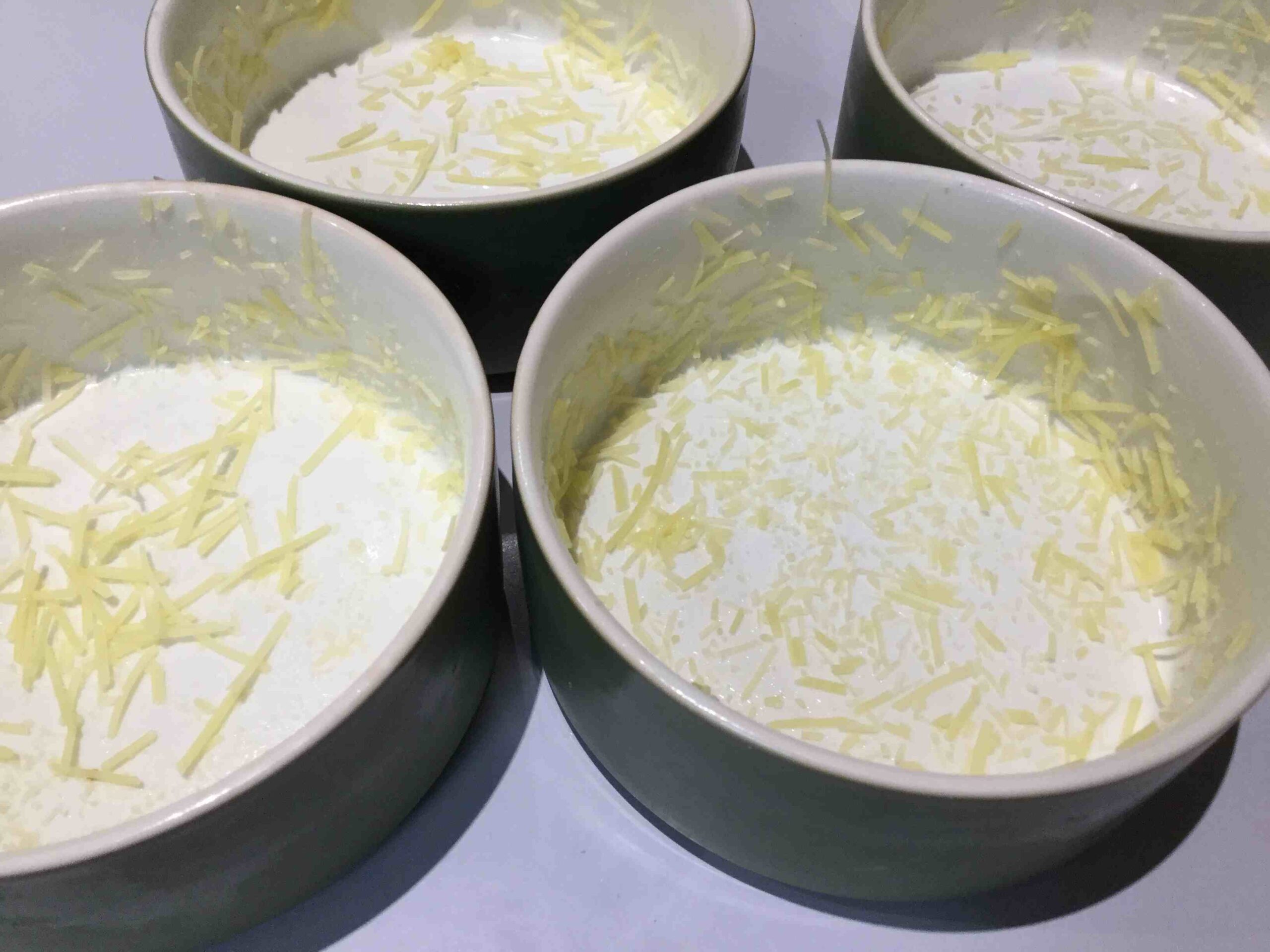Continued from Europe 2016 – Part 4.
Table d’Hôtes
If you have travelled through France you are probably familiar with Chambres d’Hôtes – the equivalent of the Australian and British concept of Bed and Breakfast – and Gîtes – the equivalent of our holiday rental in the form of self-contained cottages, houses or apartments.
Some of these establishments offer an extra service in the form of Table d’Hôtes, meaning that the owners of the establishment will cook an evening meal (or possibly lunch) for guests. There is generally no choice of food. There will probably be three courses, with the possibility of a salad and some cheese included, in addition to entree, main course and dessert. Local wine is generally included, with the possibility of an aperitif from the region before dinner or a liqueur at the end. Guests – often from various corners of the world – join the hosts at the table and get to practise their French while sampling the local dishes and beverages.
We seek out these establishments because the meals are generally extremely good in terms of quality and value and a great experience, eating with the hosts and like-minded travellers.
On our recent trip, after Sancerre, we stayed at two Chambres d’Hôtes which offered Table d’Hôtes.
One was Domaine de Rochefort at Dissangis, south of Chablis. Our meal started with an aperitif of local eau de pomme and cheese pastries, then moved to an entree of salad with goat’s cheese, a creamy ragout of turkey and leek, and a dessert of sorbets. The evening was one of lively conversation with the two very accommodating hosts (and cooks) and two other guests.
North east of Paris, in the Chantilly region, we stayed at La Grande Fontaine, in the small village of Fleurines. It ticked many of the boxes for the ideal B&B: peace and quiet, lovely lawns and gardens, and a swimming pool, perfect for the warm weather. Breakfasts were breads and pastries from the local boulanger.
We had booked in for Table d’Hôtes on our second night. We looked out of our bedroom window to see the table set on the lawns.
Dinner was the two of us, our two hosts and their children. Originally from the UK, but living in the village for twenty years, our hosts offered a meal with dishes extending way beyond traditional French.
Some home cooking
Our final few days in France would be with our friend, Martine, who lives in the 14th arrondissement of Paris. She is the quintessential French cook and her home is one of our favourite restaurants in France!
However, before Paris we visited her old family farm south of Paris where her son now has a brewery.
The ability to cook clearly runs in the family. Using a cut-in-half petrol drum for his fire and coals, Jerome produced a wonderful barbecue. Along with it we enjoyed some of his Crazy Hops beer, without having to venture into one of the many bars or restaurants in Paris where it is sold!
Over the years Martine has cooked many French favourites for us. A meal might be whole sole (or turbot) baked in the oven then beautifully filleted, followed by blanquette de veau, followed by chocolate soufflé. This time one of her meals included her cheese soufflé and crème renversée (crème caramel) interspersed with a typical French salad and amazing cheeses and charcuterie.
The cheese soufflé is great fun to do and not as difficult as you would think. Use a gruyere style cheese or a mixture of cheeses according to what you have on hand. In the photo that follows, which was taken back in Australia, we did not have an actual soufflé dish so we improvised – and we were very happy with the result. For some soufflé hints see: Soufflé ideas.
For the recipe, click here: Cheese Soufflé.
The crème renversée is also great fun to do. Like the soufflé, you experience one of those magical moments of cooking when you discover that the hard toffee base has liquefied under the cream. The photo that follows is of the one cooked by Martine. Her recipe gives a light version for a crème caramel, however, you can experiment with other recipes which have cream in addition to milk and which use egg yolks rather than, or in addition to, whole eggs.
For the recipe, click here: Crème Caramel.
This time in Paris we also had dinner at another home. Following is a photo of François-Xavier’s version of lemon meringue pie: tarte au citron meringuée. We hope to soon revisit his recipe in a future blog post.
Continued in Europe 2016 – Part 6.


